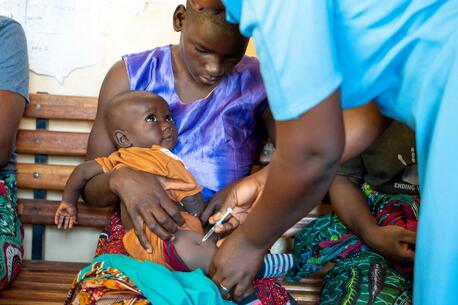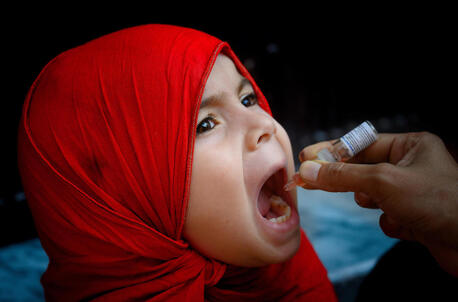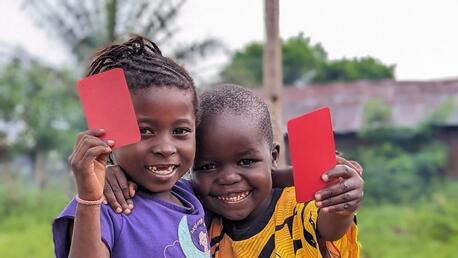
Polio Eradication Is Within Reach: Here's What It Will Take to Get There
We're in the last mile in the fight to eradicate polio, but progress is fragile. As long as the disease is a threat anywhere, it remains a threat everywhere. A look at how UNICEF and partners are working to reach every child with lifesaving polio vaccines.
There is no cure for polio, only prevention
Since the introduction of the first polio vaccine in the 1950s, fully vaccinated children have been protected from the dangerous viral illness that attacks the nervous system, causing paralysis and sometimes death.
Today, polio is on the brink of eradication, but conflict, climate disasters, displacement and vaccine misinformation are hindering efforts to reach some of the world's most marginalized children with lifesaving vaccines.
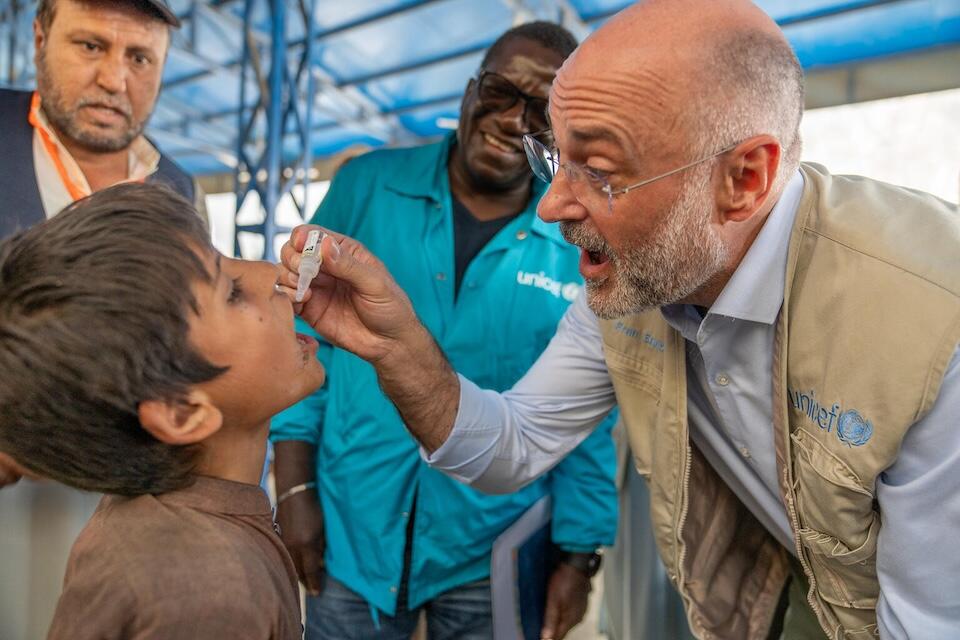
In 1988, a public-private partnership was formed to reach every child in every country with the polio vaccine. Led by national governments and supported by six core partners — UNICEF, the World Health Organization (WHO), Rotary International, the U.S. Centers for Disease Control and Prevention (CDC), the Bill & Melinda Gates Foundation and Gavi, the Vaccine Alliance — the Global Polio Eradication Initiative (GPEI) vaccinates over 400 million each year, maintaining 99 percent eradication in global polio.
After almost four decades of close collaboration, more than 3 billion children have been vaccinated. The wild poliovirus has been wiped out in much of the world — today, it's confined to a few districts in Afghanistan and Pakistan.

Smallpox was eradicated in 1980 — polio could be next
Thanks to the commitment of community health workers (CHWs), government leadership and GPEI partners, polio is poised to become the second disease to be declared eradicated, after smallpox. UNICEF and partners and will not rest until every child is protected.
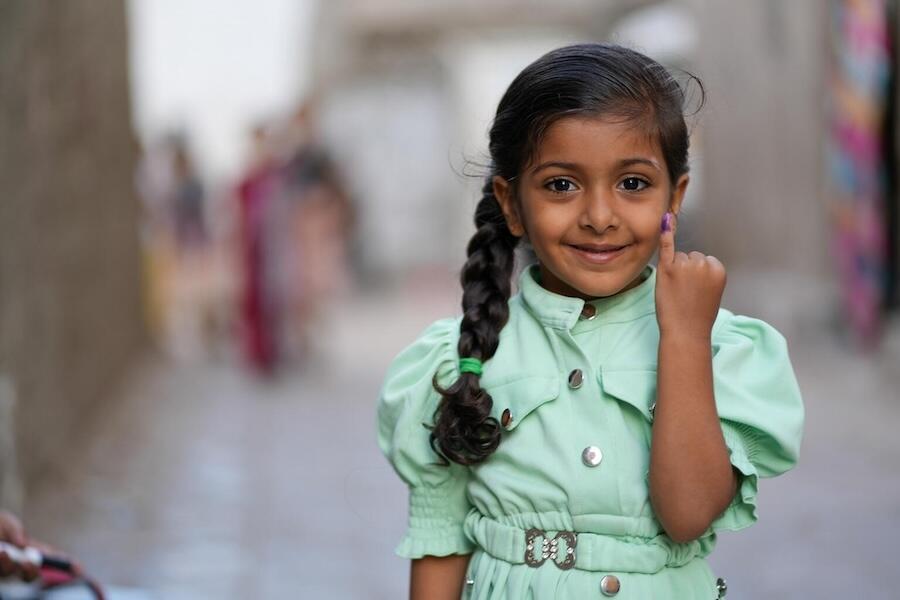
What does reaching the final mile look like?
The poliovirus is transmitted from person to person or, less frequently, through contaminated food or water. To eliminate polio, every child in every household must receive multiple doses of the vaccine. Millions of “zero dose” children, those who have not received a single dose of the polio vaccine series, remain vulnerable.
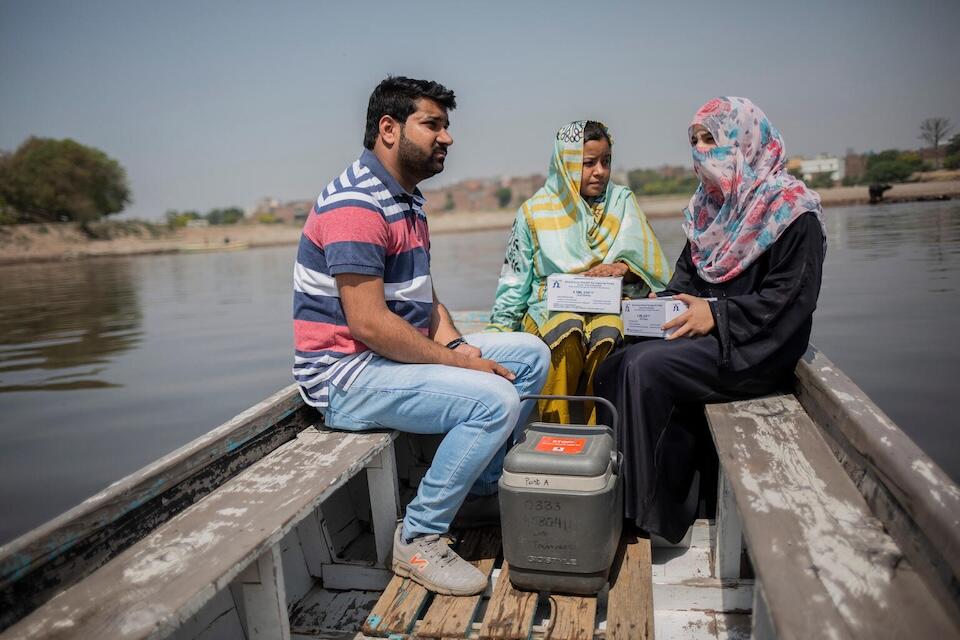
In significantly under-immunized populations, a strain of polio related to the weakened live strain found in the oral vaccine can arise. The lower the population's immunity, the longer variants can survive, replicate and exchange genetic material to become more dangerous strains. Most of the recent cases have been recorded in eastern Democratic Republic of the Congo, northern Nigeria, south central Somalia and northern Yemen.
A fully immunized population will be protected against both wild and vaccine poliovirus strains.

Battling misinformation by building trust
One of the greatest impediments to polio immunization is widespread mistrust of vaccines. Trained CHWs, the majority of whom are women, are the front line in reaching every child with lifesaving vaccines. In addition to administering vaccines to children ages 0 to 59 months, they dispel misconceptions and fears around vaccine efficacy.
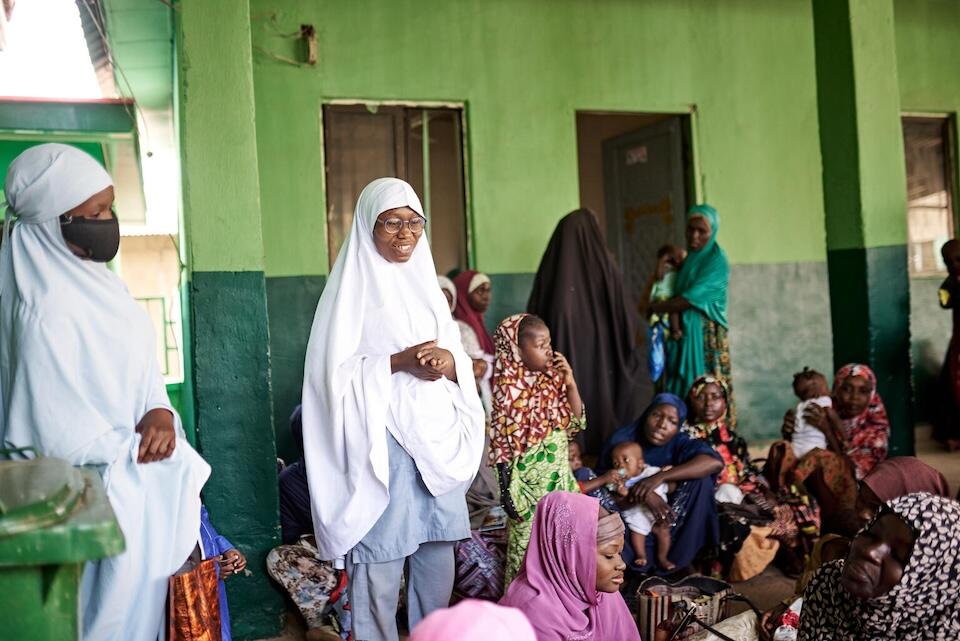
Many female health workers are mothers themselves; they build trust by sharing their experience vaccinating their own children. Women vaccinators can also enter households that may prohibit unrelated males from entering due to religious or cultural norms.

Engaged leaders boost vaccine acceptance and embrace sustainable health systems
UNICEF and partners engage with governments and community leaders to enlist them as immunization advocates. Visible leadership participation in campaign launches and household visits reassures communities of vaccine safety.
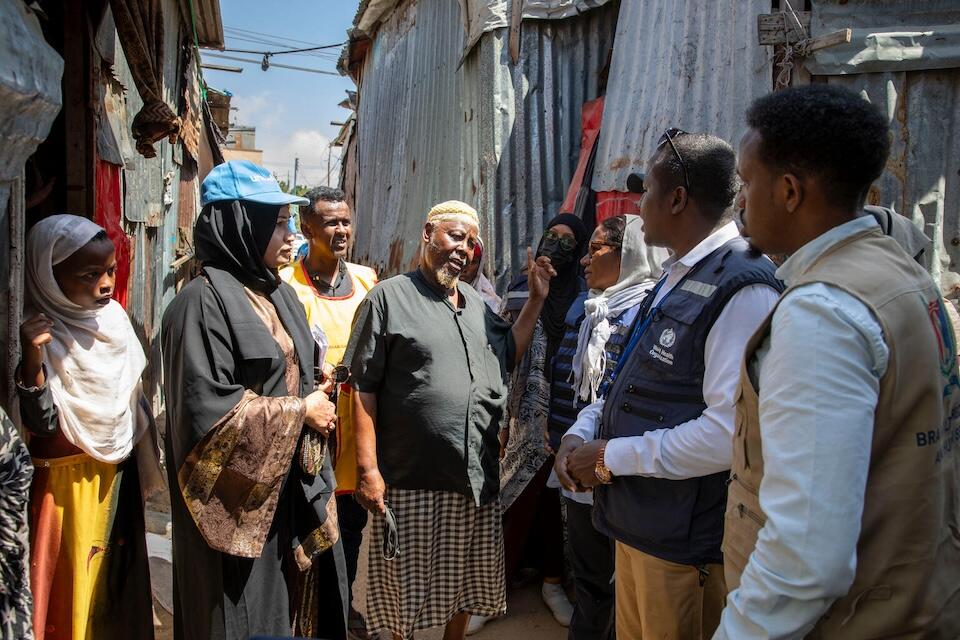
From donkeys to drones — vaccines stay cold every step of the way, no matter how far the journey
Ensuring every child under 5 receives multiple rounds of vaccines requires supply chain management and procurement and distribution capability that only UNICEF offers. UNICEF leverages its unrivaled supply chain and cold storage capability to procure and distribute more than 1 billion doses annually.

Once vaccines are procured and designated for specific clinics and communities, health workers use any conveyance necessary to cover the terrain between vulnerable children and vaccine administration.
With diligence and determination, they reach the most remote areas and large populations of people traveling within countries and across borders.
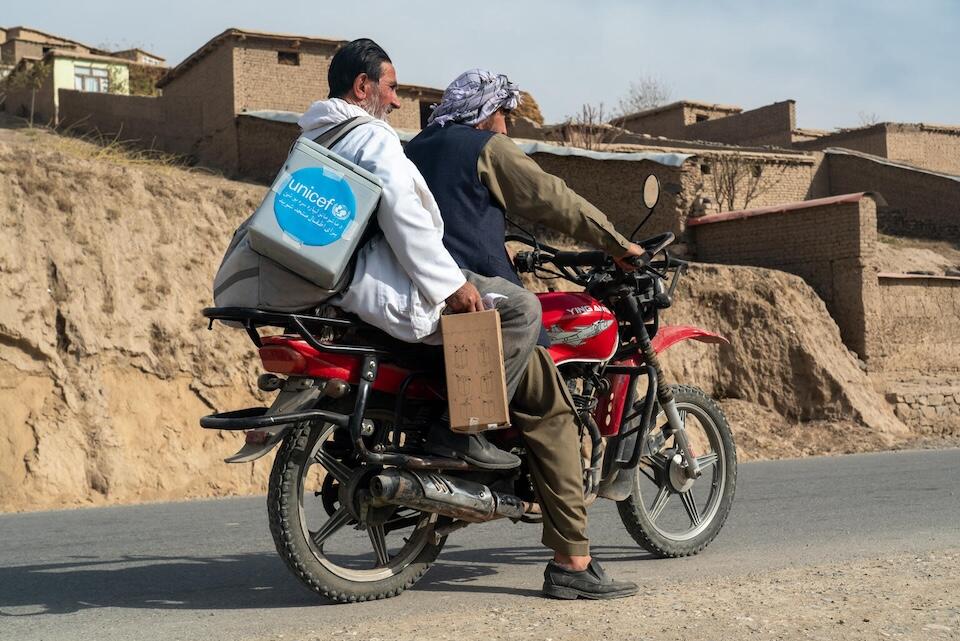
The legacy of GPEI and polio’s eradication
Beyond the elimination of the poliovirus, in many areas, GPEI has developed an infrastructure that strengthens local health systems and provides a blueprint for other disease outbreaks and public health crises. Without vaccination campaigns, the under-5 mortality target for SDG 3: Ensuring good health and well-being for all at all ages cannot be met.
Many public health systems now have a highly skilled workforce that can break down cultural barriers and build trust in immunization and routine health activities. Resources previously spent on polio activities can be invested in other critical health and nutrition interventions for children.
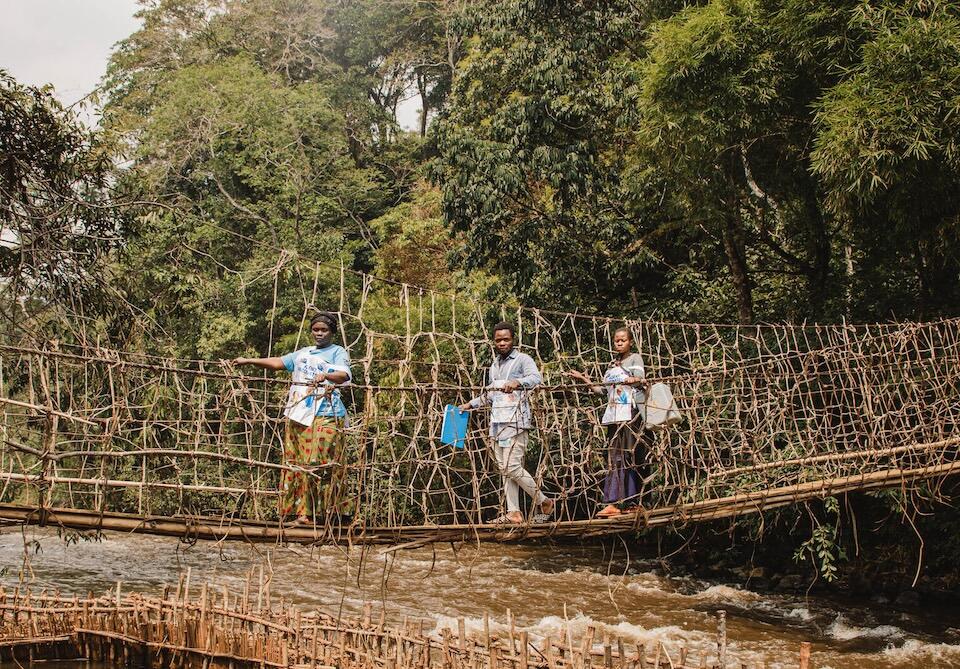
Help UNICEF deliver lifesaving vaccines to protect children from polio.
